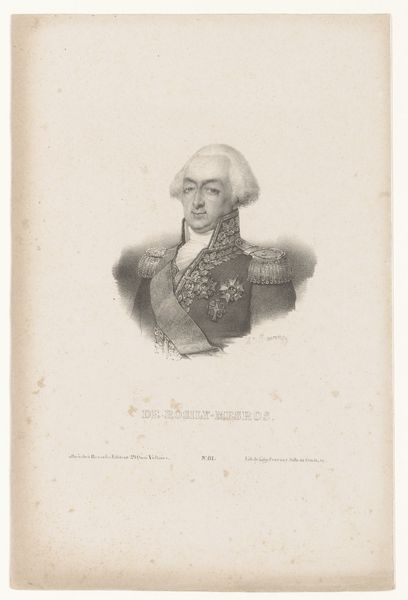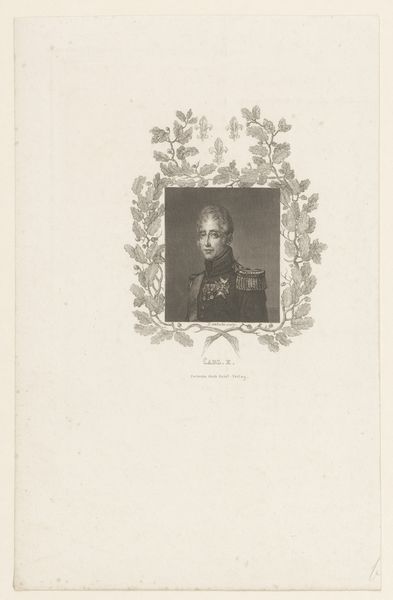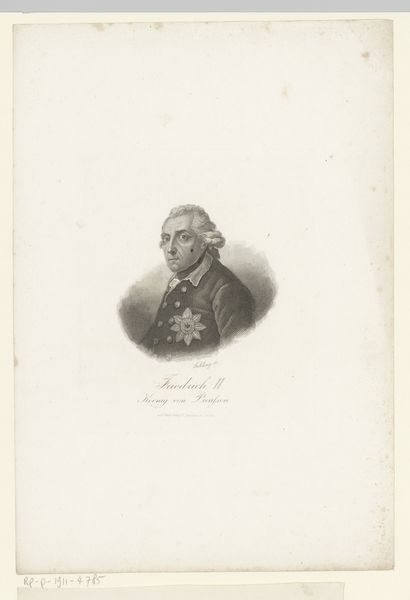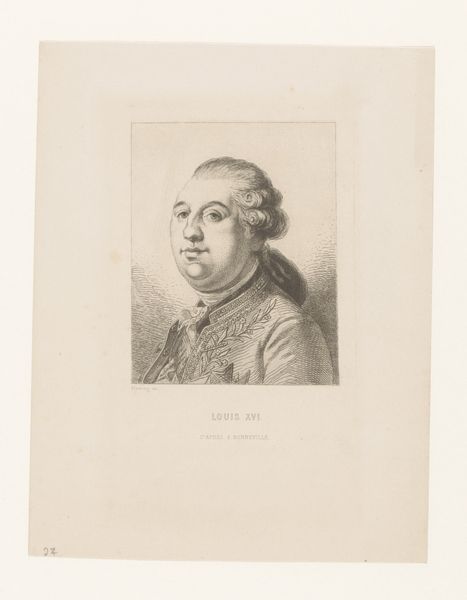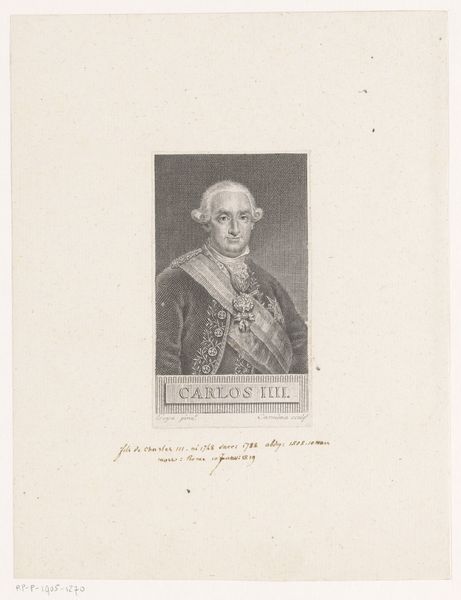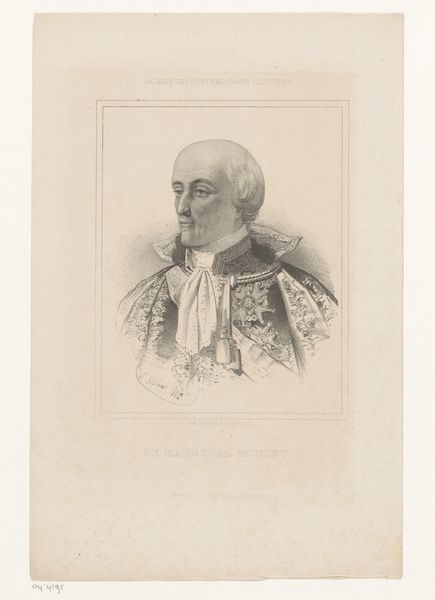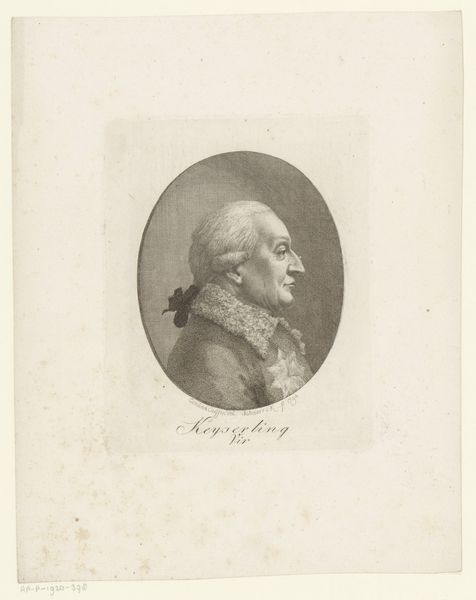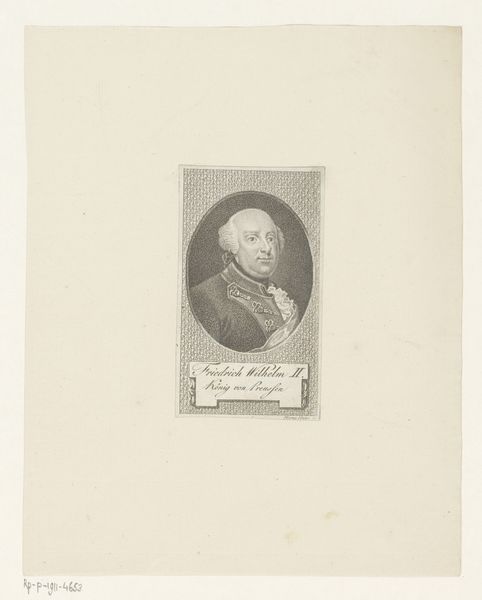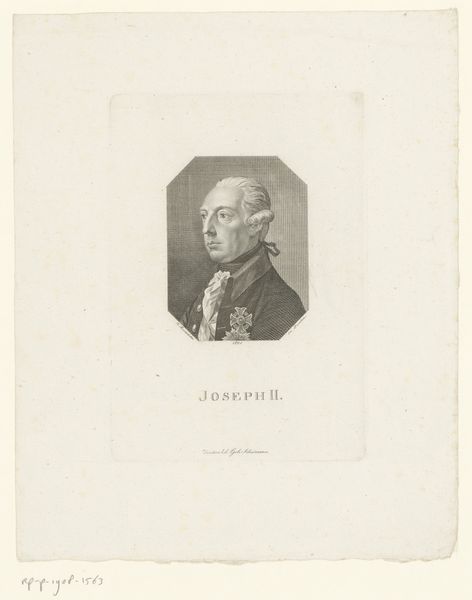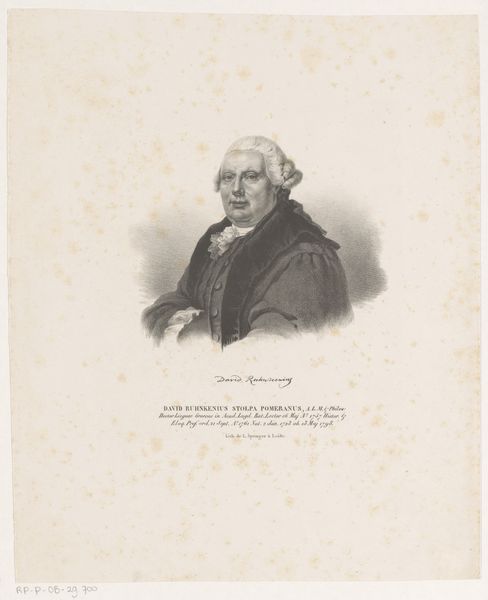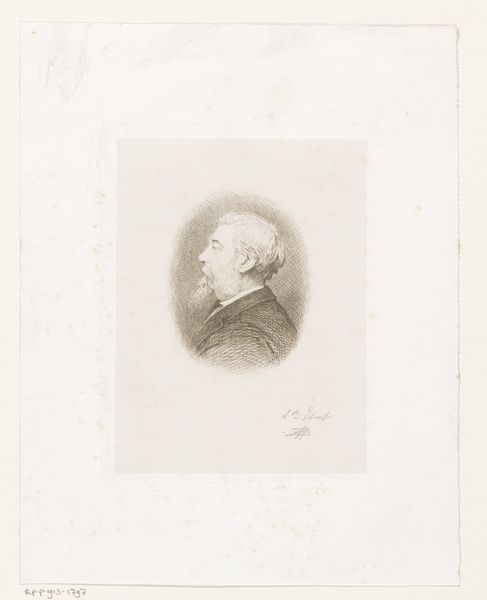
print, engraving
#
portrait
#
neoclacissism
# print
#
old engraving style
#
figuration
#
history-painting
#
engraving
Dimensions: height 260 mm, width 172 mm
Copyright: Rijks Museum: Open Domain
Editor: So this is "Portret van Lodewijk XVI," or Portrait of Louis XVI, dating from 1825 to 1850. It’s an engraving currently held at the Rijksmuseum. The level of detail achieved with such fine lines is incredible. What do you find particularly striking about this print? Curator: What’s compelling here is thinking about printmaking, specifically engraving, not just as reproductive technology, but as a process deeply entwined with labor and social class. Consider the engraver –likely from a middle or even working-class background – meticulously crafting this image of an aristocrat, of a king. Editor: That's a fascinating point. How does that influence how we perceive the artwork itself? Curator: The act of reproducing Louis XVI shifts the power dynamic. The engraver's skill, their labor, becomes the means of production, disseminating this image far beyond the circles of power Louis XVI himself inhabited. It raises questions about the commodification of image, of power, doesn't it? About who controls representation, and how that control can be subverted. Editor: I hadn't considered that subversion aspect. Curator: Exactly! It also complicates any straightforward reading of neoclassical style. The style's precision and idealism is there, but put to work circulating imagery in a capitalist economy, where an image like this has a new social value to it. This connects to other areas such as consumption too. People were buying to post and disseminate. Editor: So, beyond the artistic skill, the value really lies in the democratization of the image, through the labour and the mode of production? Curator: Precisely. Thinking through these material conditions offers insight beyond a surface-level aesthetic appreciation. Editor: This really has given me a new way to consider art. I hadn't thought of looking so deeply at material production!
Comments
No comments
Be the first to comment and join the conversation on the ultimate creative platform.
